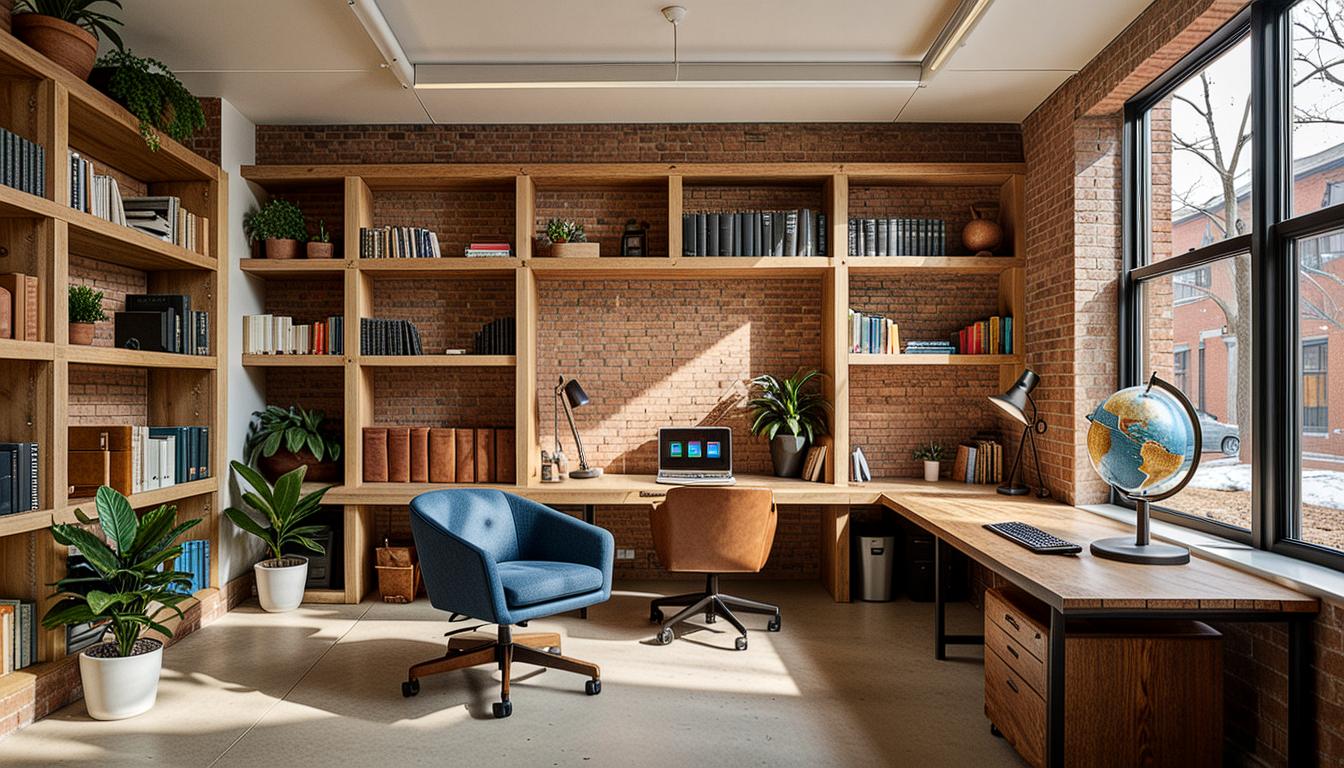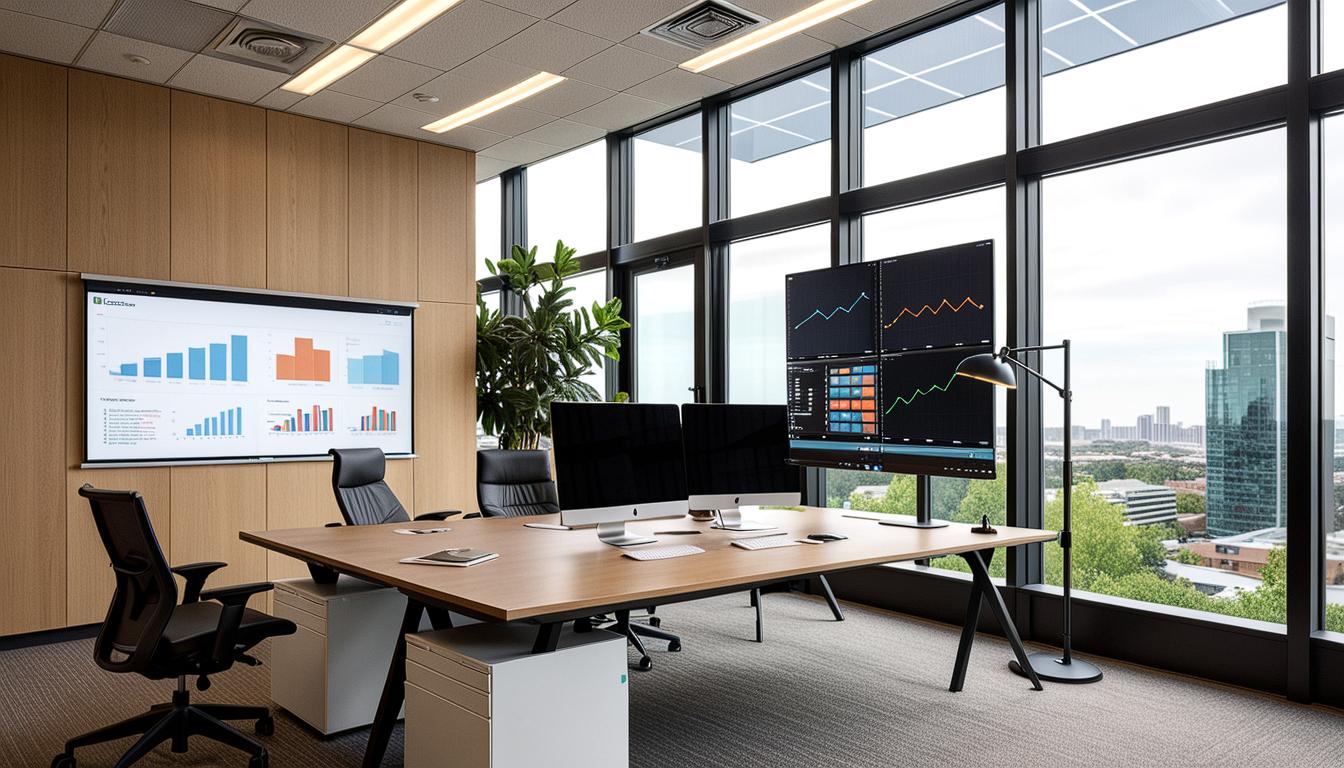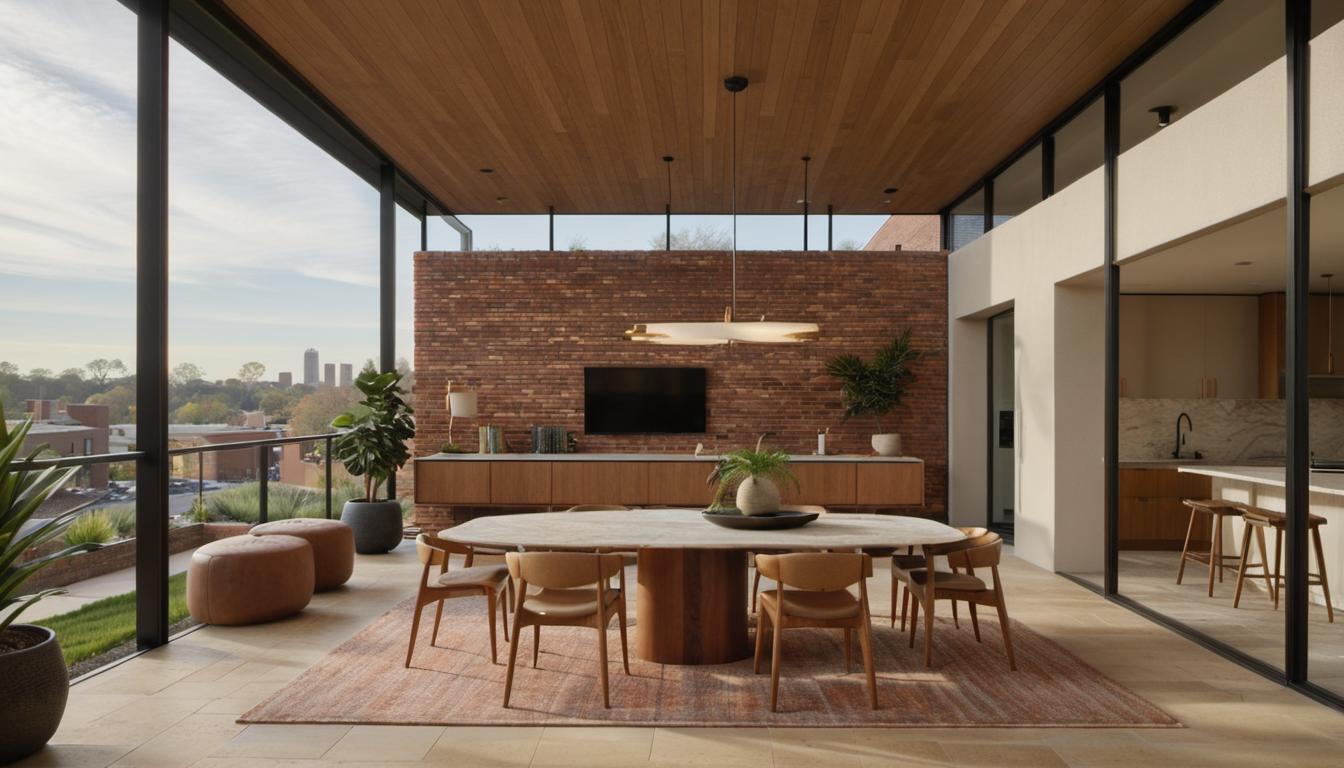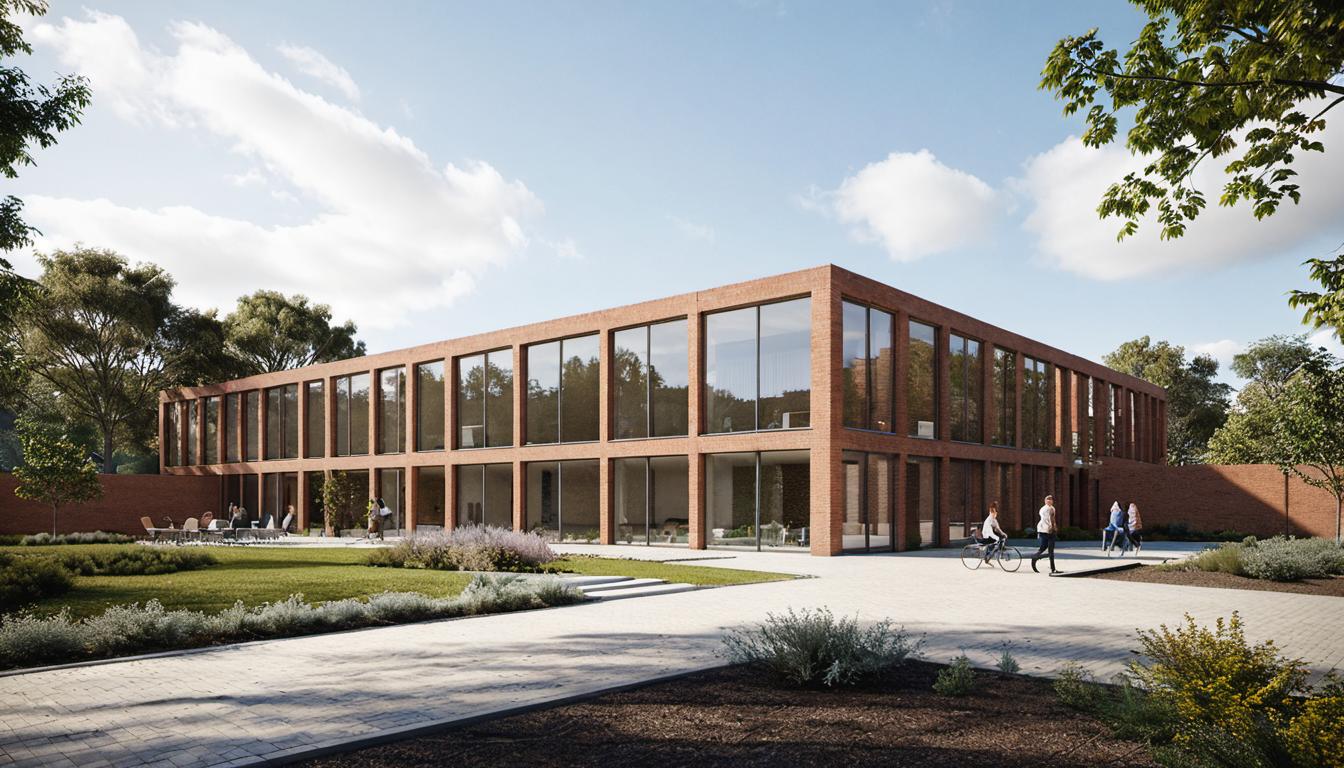Understanding Architectural Visualization (Archviz)
-
What Archviz Is and How It Works
-
Vital Skills for Archviz Professionals
Archviz, short for architectural visualization, is the art of creating digital representations of architectural designs. This involves transforming 2D architectural plans into 3D visual content, such as images, animations, or interactive environments. Anyone working in Archviz should be comfortable reading architectural plans to visualize spaces effectively. Having architectural knowledge can be advantageous but isn’t mandatory.
Proficiency in software like AutoCAD, SketchUp, 3ds Max, and V-Ray is important. Strong attention to detail and creativity help create realistic and appealing visualizations. Understanding architecture and interior design principles is beneficial to produce accurate representations.
Structuring Your Archviz Pricing
-
Factors Influencing the Price of an Archviz Project
-
How Complexity of Work Affects Archviz Pricing
The cost of an Archviz project depends on several factors: scene complexity, project scope (still images versus animations), type of visualization (exterior, interior), and the level of detail required. Pricing can vary from 100€ per image to upwards of 4,000€ depending on these factors.
Complex projects that require extensive detail or animations are priced higher. A basic single-view rendering with minimal details might start around 600€ to 800€, while intricate projects with multiple revisions could command over 10,000€ for seasoned professionals.
Setting the Bar: Measuring Your Archviz Project’s Worth
-
Components to Factor Into your Archviz Price Calculation
-
Existing Pricing Standards in the Archviz Market
When pricing your work, consider the time investment, expertise level, project scale, and additional client requests. Use a day-rate calculation: decide how much you want to earn daily and estimate the project duration. This helps balance fair compensation and client expectations.
The market is quite varied: prices reflect both professional skill and regional economic conditions. Keeping quality high and pricing competitively can help attract clients even with the global competition.
Dealing With Changes and Upgrades to the Project
-
Navigating Possible Changes in the Project Plan
-
Estimating Costs for Additional Revisions and Extra Work
Expect revisions as part of the creative process. Clients often request changes after seeing initial designs. Offering 1-2 free revisions is standard, but further modifications typically require extra charges, often calculated on an hourly basis.
Clear agreements on revision limits and additional charges should be established upfront. For significant changes like adding new elements (e.g., a pool), communicate costs early to avoid misunderstandings.
Securing Payment for your Archviz Project
-
How to Handle Project Payments and Deposits
-
Establishing a Fair Procedure for Late Payments and Extras
It’s common to request a 50% deposit before starting a project and then the remaining balance upon completion. This secures commitment from both parties.
Include clauses for late payments in your contract, such as penalties or interest charges. Clearly define the cost of any extra work beyond the initial agreement to maintain transparency and fairness.

Building Your Reputation in the Archviz Industry
-
Creating a Strong Portfolio to Attract Better Opportunities
-
Setting Your Prices According to Your Skills, Knowledge, and Reputation
A compelling portfolio showcasing a variety of work is crucial. Highlight your unique style and capabilities, which can help differentiate you from competitors in the Archviz market.
Experience and recognized skill level allow for higher pricing. As you build a solid reputation, adjust your rates to reflect your growing expertise and client base.
FAQs on Pricing Your Archviz Project Right
-
What Skills are Beneficial in the ArchViz Field?
-
What Factors Influence the Pricing of an ArchViz Project?
-
How do Changes in the Project Affect the Overall Cost?
-
How is the Payment Process for ArchViz Projects Typically Handled?
-
What Strategies can Help Secure Better Job Opportunities and Higher Payments in ArchViz?
Skills in 3D modeling software, a keen eye for detail, creativity, and an understanding of architectural principles are essential. Familiarity with rendering engines and post-production software also adds value.
Factors include the complexity of the project, the type of visualization, required revisions, the professional’s experience level, and market location. Each element contributes to the final cost.
Changes often increase costs, especially when they require significant rework. It’s crucial to specify revision limits and associated costs in your contract to manage client expectations.
Payment processes usually involve a deposit before starting work, with the balance paid on project completion. Contracts should detail payment schedules and any penalties for late payment.
Building a robust portfolio, maintaining high-quality work, investing in ongoing skills development, and establishing a strong online presence can secure better opportunities and command higher fees.





